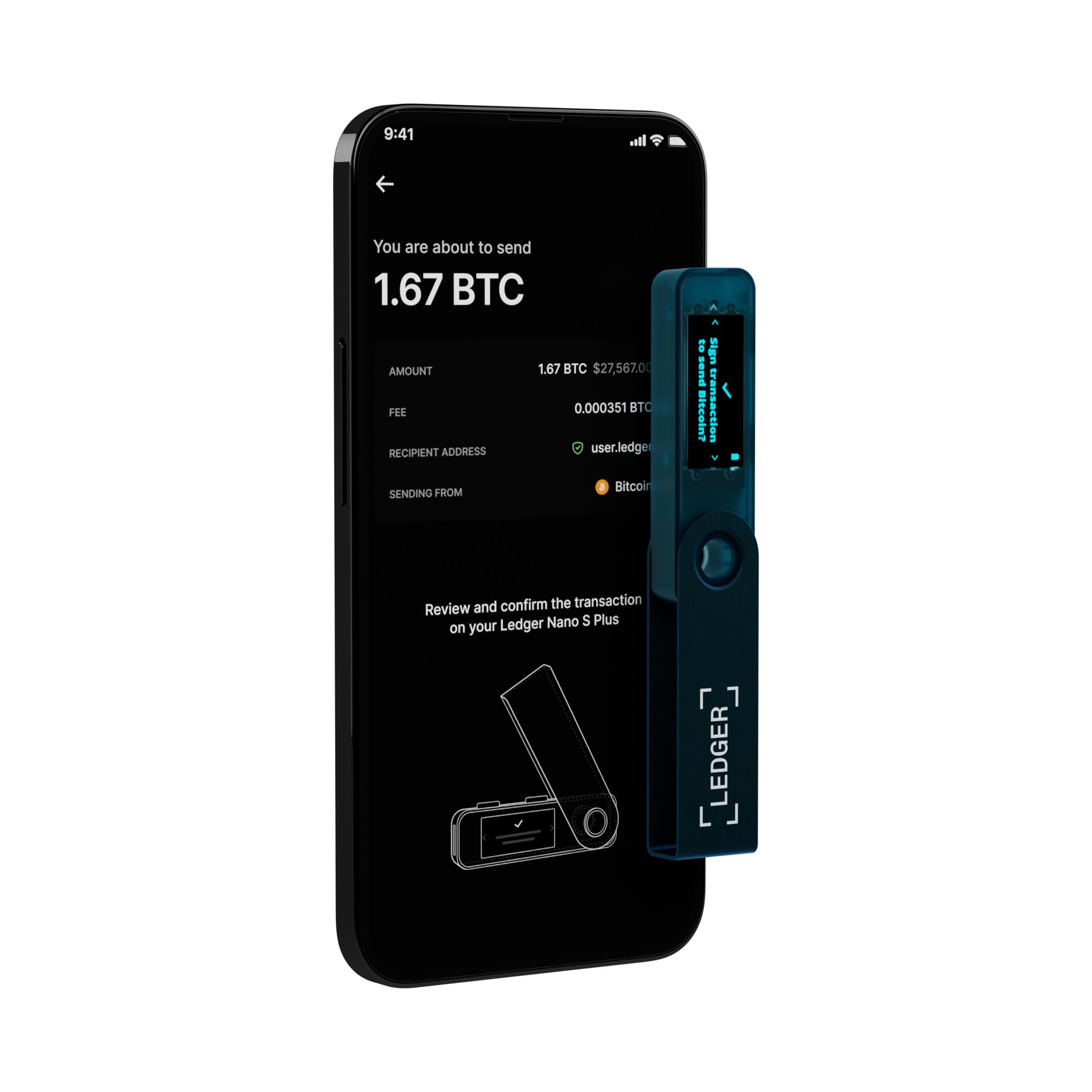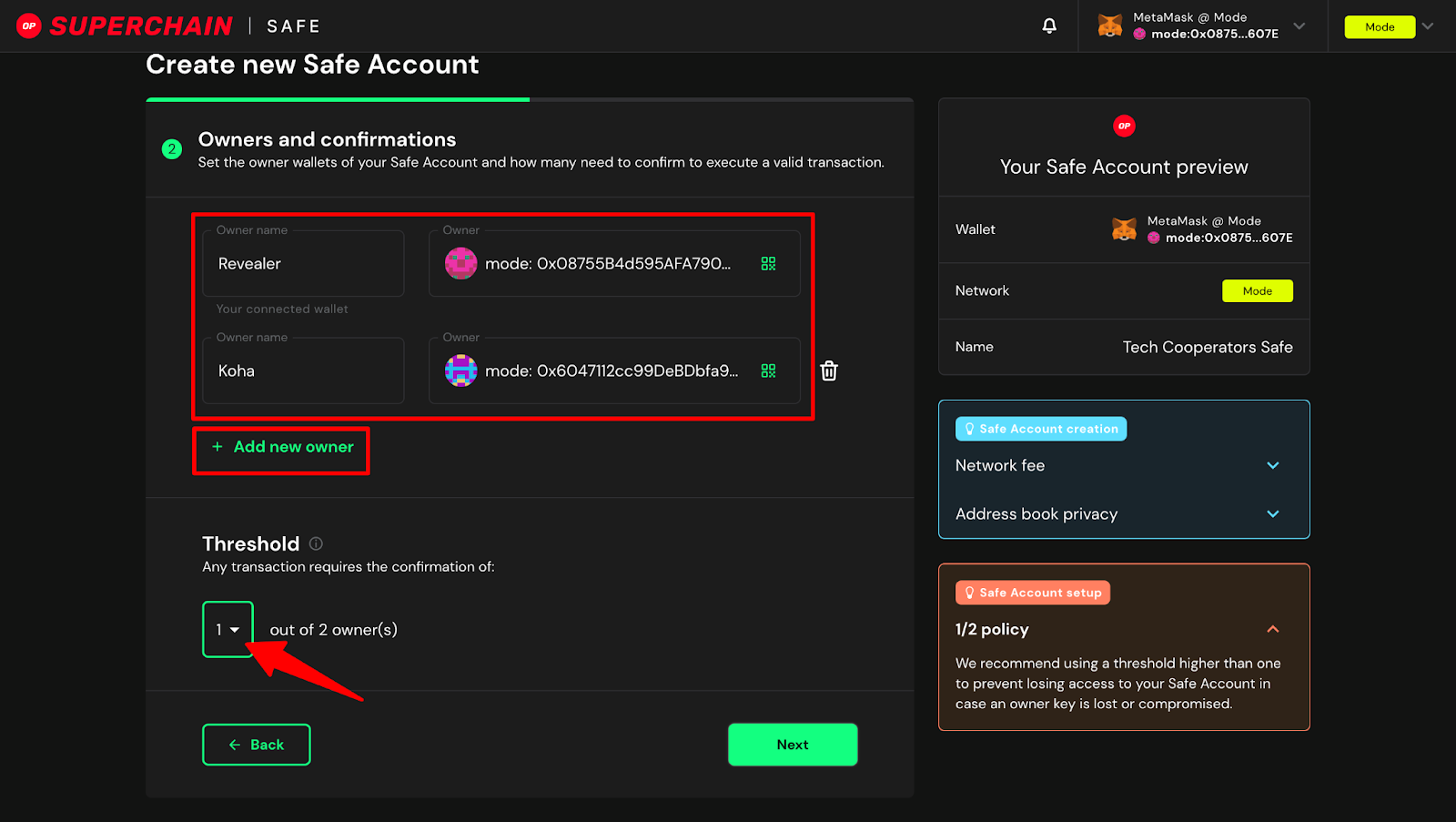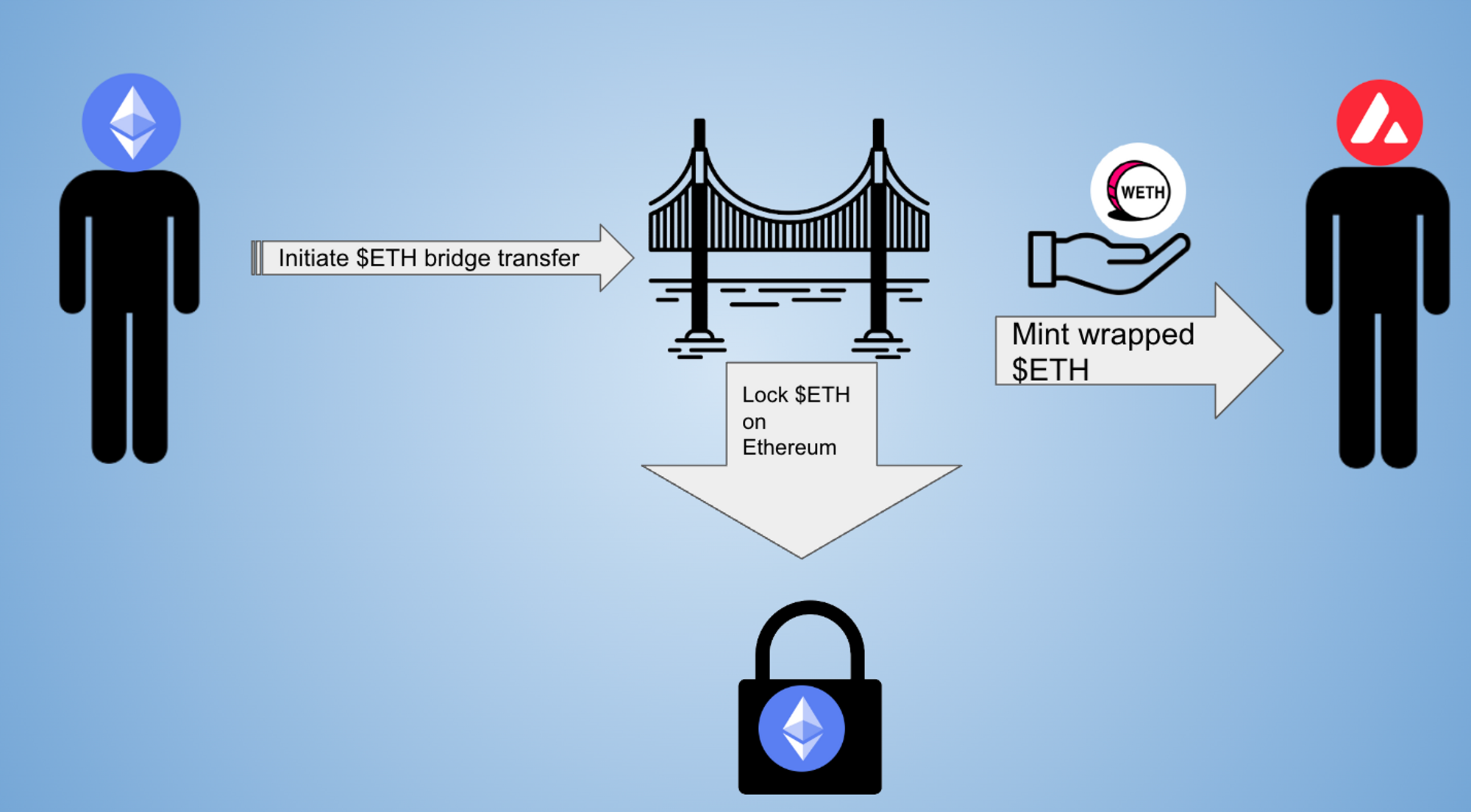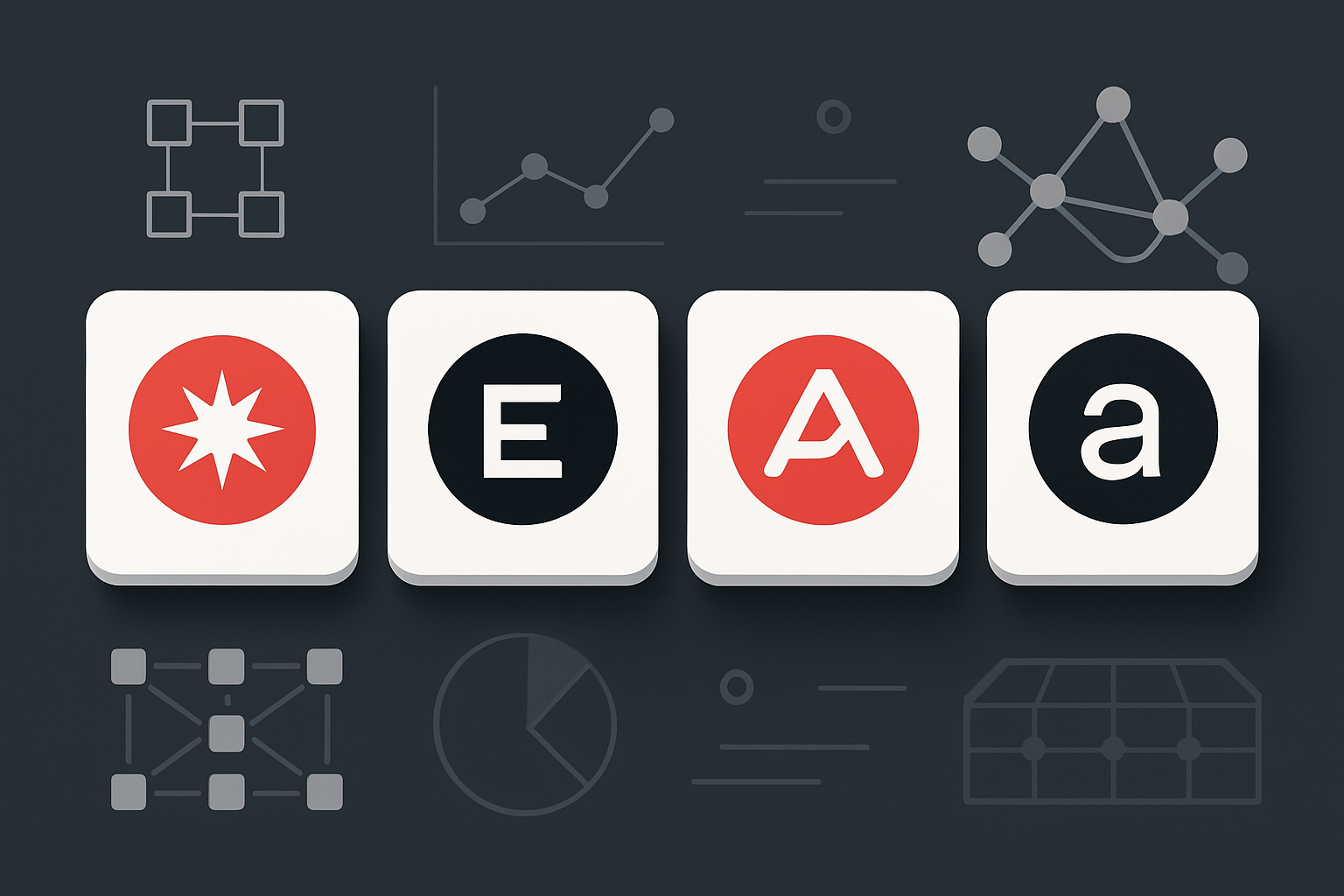
As the blockchain landscape rapidly evolves, modular architectures have emerged as a powerful answer to scalability and specialization. By separating execution, consensus, and data availability into distinct layers, modular blockchains promise unprecedented flexibility and efficiency. But with this innovation comes a new set of challenges: fragmentation. In a world where rollups, app-chains, and data availability layers multiply, how do we ensure that value and information flow freely rather than becoming siloed?

The Fragmentation Problem in Modular Blockchains
Modular blockchain fragmentation is not just a technical quirk; it is a fundamental market risk. As more Layer 2 solutions, rollups, and DA layers are deployed to meet specific needs, assets and users become dispersed across isolated environments. This leads to several critical issues:
- Liquidity Dispersion: Capital becomes scattered across many chains or rollups. For DeFi users, this means higher slippage and less efficient trading as liquidity pools shrink on each individual network.
- Reduced Composability: One of Ethereum’s original strengths was its seamless composability – smart contracts could interact trustlessly with any other contract on the chain. In a fragmented modular ecosystem, cross-rollup interactions become cumbersome or impossible without complex bridging.
- Interoperability Challenges: The absence of universal standards for cross-chain communication makes it hard for assets or data to move securely between different modular chains.
The result is a patchwork of networks that risks undermining the very benefits modularity set out to achieve. As noted by industry leaders and recent reports from sources like Galaxy Digital and Visa, these challenges must be addressed if modular blockchains are to fulfill their promise.
Current Solutions Tackling Fragmentation
The good news? The Web3 community is already innovating at breakneck speed to address these risks. Several promising approaches are gaining traction:
- Shared Sequencers: By allowing multiple rollups to share the same sequencing layer, atomic transactions across rollups become possible. This boosts composability and can help centralize liquidity without sacrificing decentralization.
- Cross-Rollup Liquidity Protocols: Projects are developing universal AMMs (Automated Market Makers) that operate across multiple chains or rollups. These protocols allow users to tap into deeper liquidity pools regardless of which rollup they use.
- Standardized Layer 2 Protocols: Efforts to create common standards for Layer 2 design mean greater interoperability and easier asset movement between solutions.
- Middleware and Restaking Solutions: Middleware platforms like EigenLayer let Ethereum validators extend security guarantees across multiple rollups, fostering more secure cross-rollup interactions.
This wave of innovation is transforming what was once a fragmented landscape into something closer to a cohesive web of collaboration – as highlighted by recent advances from teams like Avail DA, Celestia, Yellow Network, and others.
Best Practices for Developers and Users
Navigating this rapidly shifting environment requires vigilance from both developers building new protocols and users managing their assets. Here are some best practices emerging from leading research in the field:
- Secure Key Management: Use cold wallets for long-term storage; avoid storing private keys on cloud services or local files; consider Hardware Security Modules (HSMs) for institutional-grade protection.
- Real-Time Monitoring and Threat Intelligence: Integrate AI-powered analytics with your blockchain nodes to detect abnormal patterns in transactions or node behavior; utilize SIEM systems where possible.
- Cultivate Security Awareness: Participate in community workshops focused on security best practices; encourage your team (and users) to stay updated on emerging threats specific to modular architectures.
- Pursue Regular Security Audits: After every major smart contract deployment or update, conduct comprehensive audits using reputable third-party firms specializing in decentralized systems.
These best practices are not just theoretical, they’re increasingly seen as prerequisites for operating safely in a modular blockchain world. As fragmentation introduces new attack surfaces and operational complexities, proactive risk management is essential. The rise of restaking protocols and universal middleware means that security is no longer limited to individual chains but must be coordinated across the entire modular stack.
Actionable Steps for Securing Assets & Building Interoperable dApps
-

Utilize Hardware Wallets for Asset SecurityStore your crypto assets in reputable hardware wallets like Ledger or Trezor to safeguard private keys offline and minimize risks from online attacks.
-

Implement Multi-Signature WalletsAdopt multi-signature solutions such as Gnosis Safe to require multiple approvals for transactions, reducing the risk of unauthorized asset movements.
-

Leverage Cross-Chain Bridges with Proven SecurityUse established bridging protocols like LayerZero or Wormhole to transfer assets and data between modular blockchains, ensuring interoperability while prioritizing bridges with strong audit histories.
-

Adopt Standardized Layer 2 ProtocolsBuild on Layer 2 solutions that follow widely accepted standards, such as Optimism and Arbitrum, to maximize compatibility and composability across modular ecosystems.
-

Integrate Real-Time Monitoring ToolsDeploy monitoring platforms like Chainalysis or Blocknative to track asset flows and detect suspicious activity across multiple chains in real time.
-

Conduct Regular Smart Contract AuditsEngage reputable audit firms such as Trail of Bits or OpenZeppelin to review your dApp code, especially after major updates or deployments, to identify and mitigate vulnerabilities.
-

Participate in Security Training and Community InitiativesJoin blockchain security workshops and online courses from platforms like Consensys Academy to stay updated on best practices and foster a security-first mindset within your team.
For developers, embracing interoperability standards early can future-proof projects and open up new collaboration opportunities. Building with shared sequencer compatibility, adopting cross-rollup liquidity solutions, and integrating with established middleware providers can help ensure your protocol remains relevant as the ecosystem matures. For users, staying informed about which platforms offer robust cross-chain support and regularly reviewing security measures will mitigate exposure to the risks posed by fragmentation.
Looking Ahead: Toward Unified Modular Ecosystems
The modular blockchain movement is still in its early chapters, but momentum is undeniable. As DA layers like Celestia and Avail push the boundaries of scalable data availability, and projects like Yellow Network experiment with unified clearing layers above fragmented rollups, the industry is moving toward greater cohesion. The challenge lies in balancing specialization with seamless connectivity, ensuring that innovation does not come at the expense of user experience or market efficiency.
Community-driven standards bodies, open-source middleware frameworks, and collaborative security initiatives will shape the next phase of modular blockchain evolution. By prioritizing composability, liquidity sharing, and cross-chain security from the outset, we can avoid repeating the silos of early crypto infrastructure.
Ultimately, solving modular blockchain fragmentation isn’t about eliminating diversity, it’s about orchestrating it. The most resilient ecosystems will be those where users can move assets freely, developers can build atop standardized primitives, and DA layers provide a reliable foundation for all participants. With vigilance, collaboration, and a commitment to best practices, we have an opportunity to turn today’s patchwork into tomorrow’s unified Web3 fabric.






